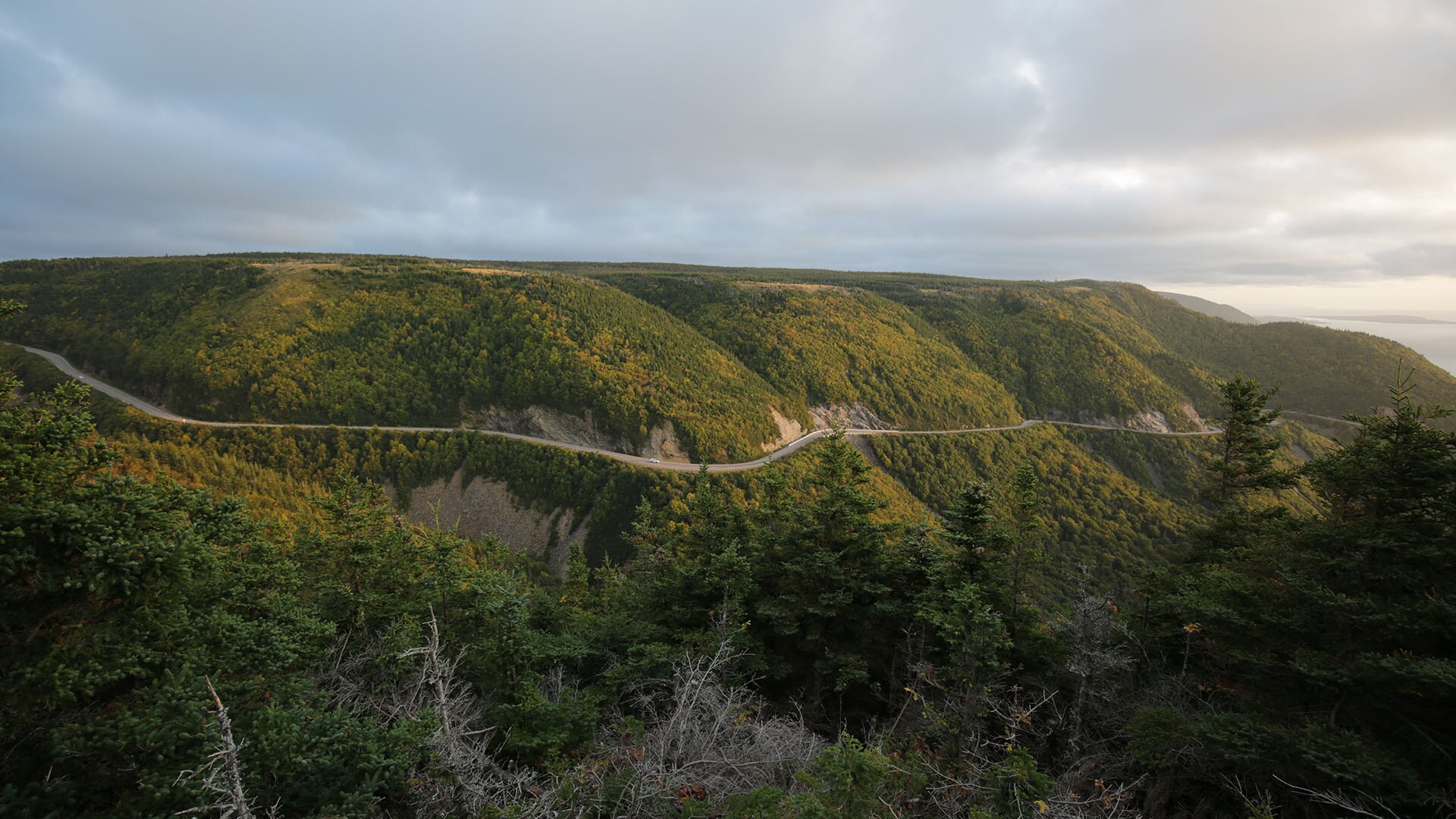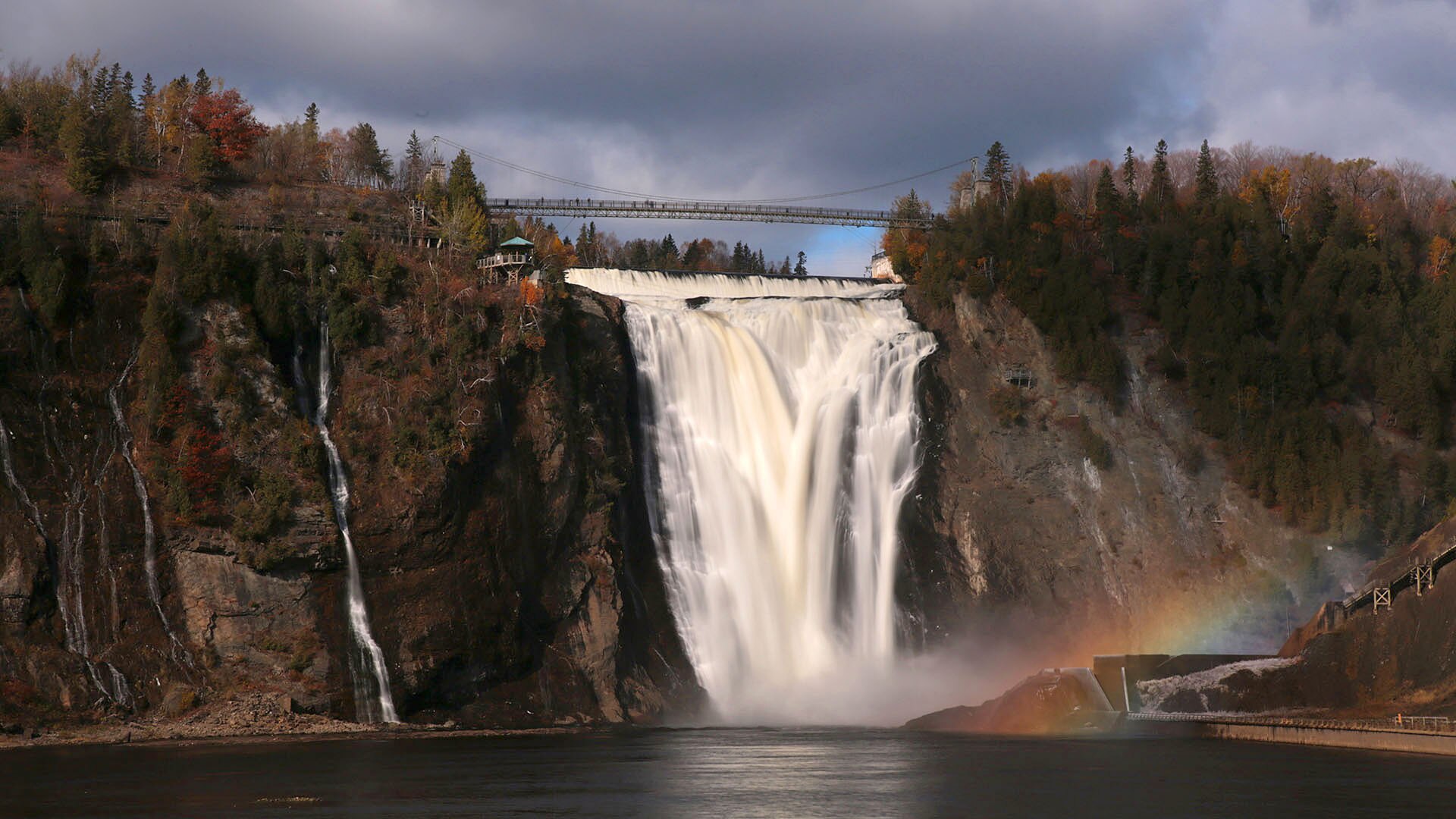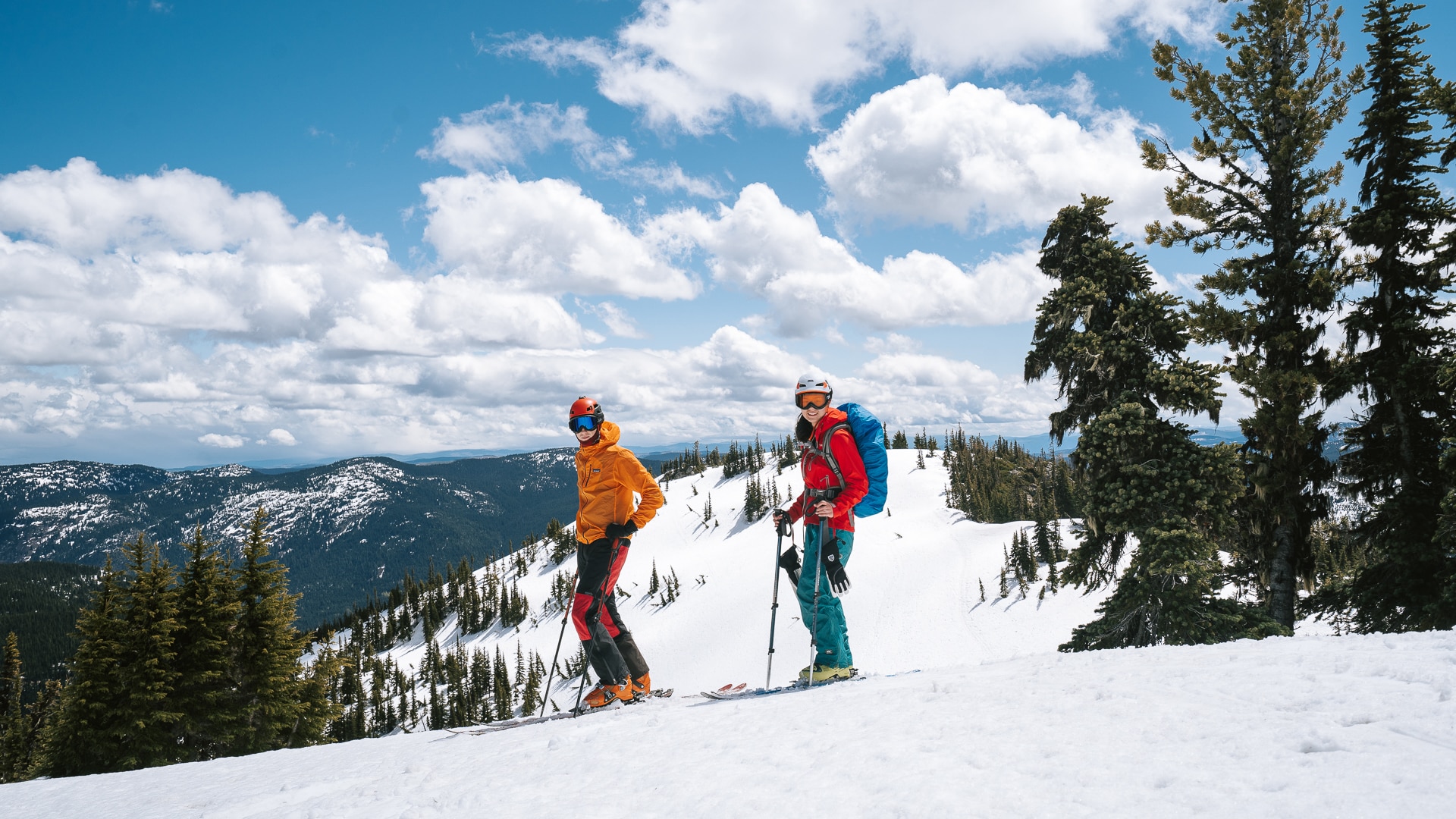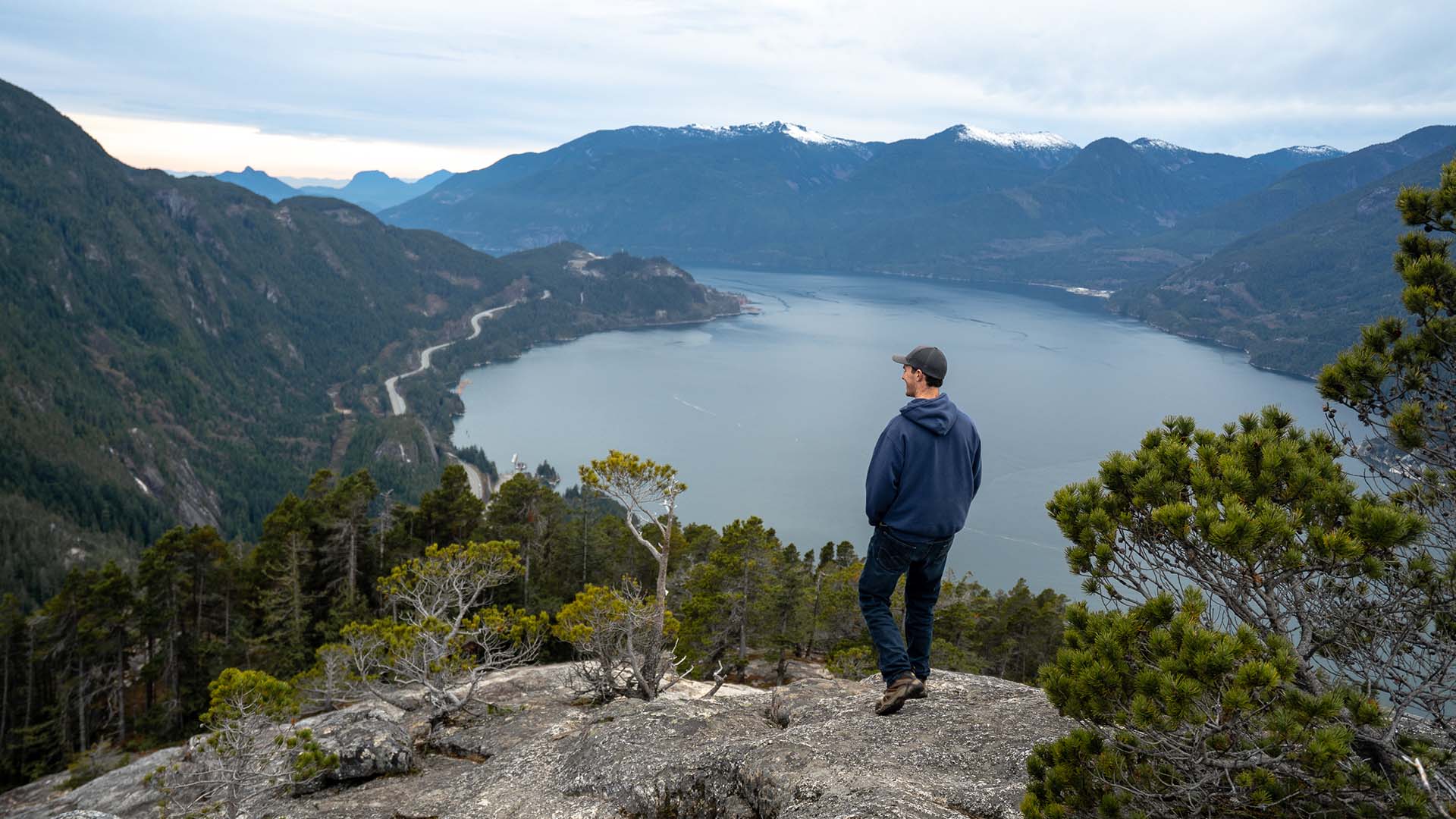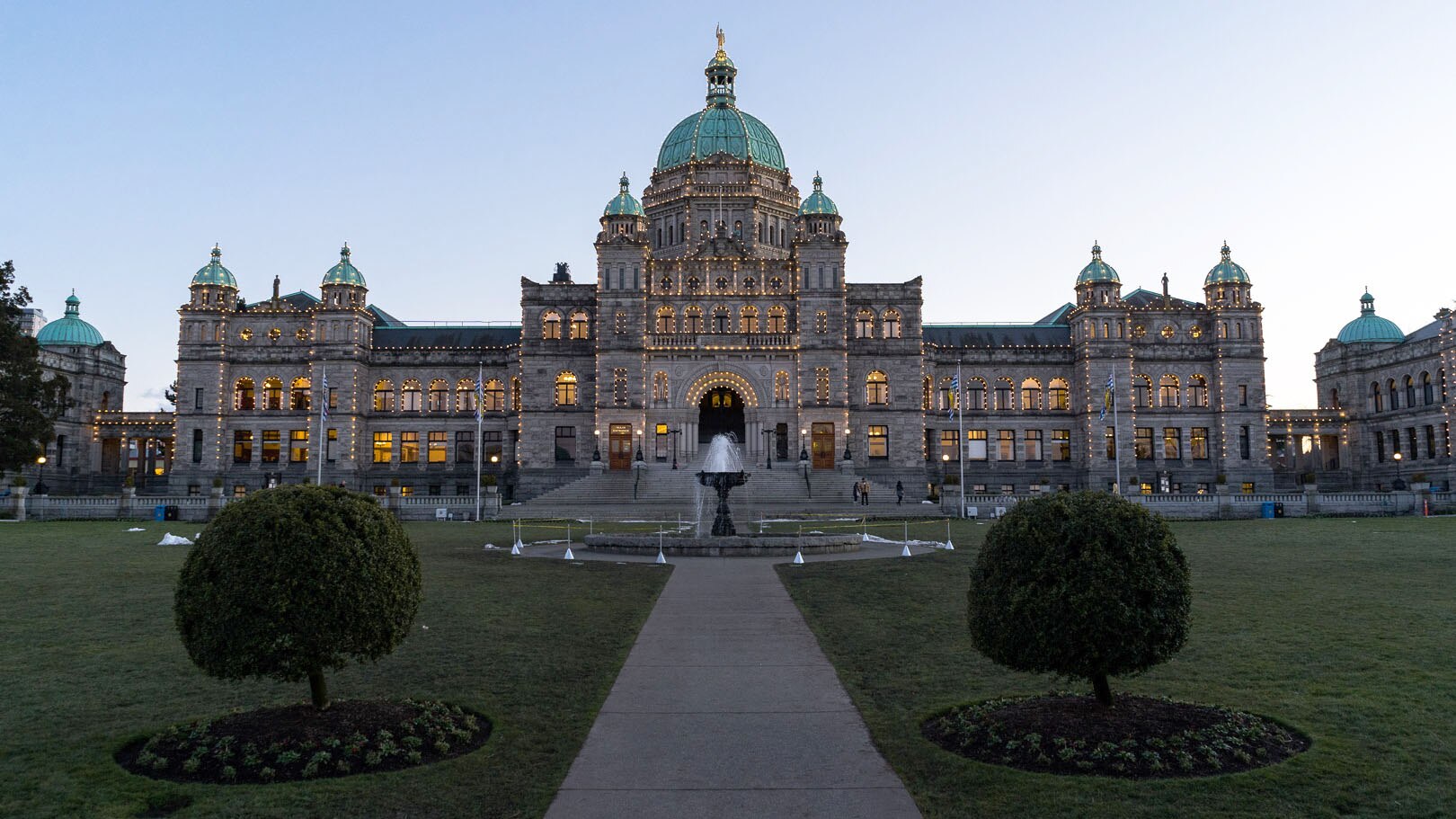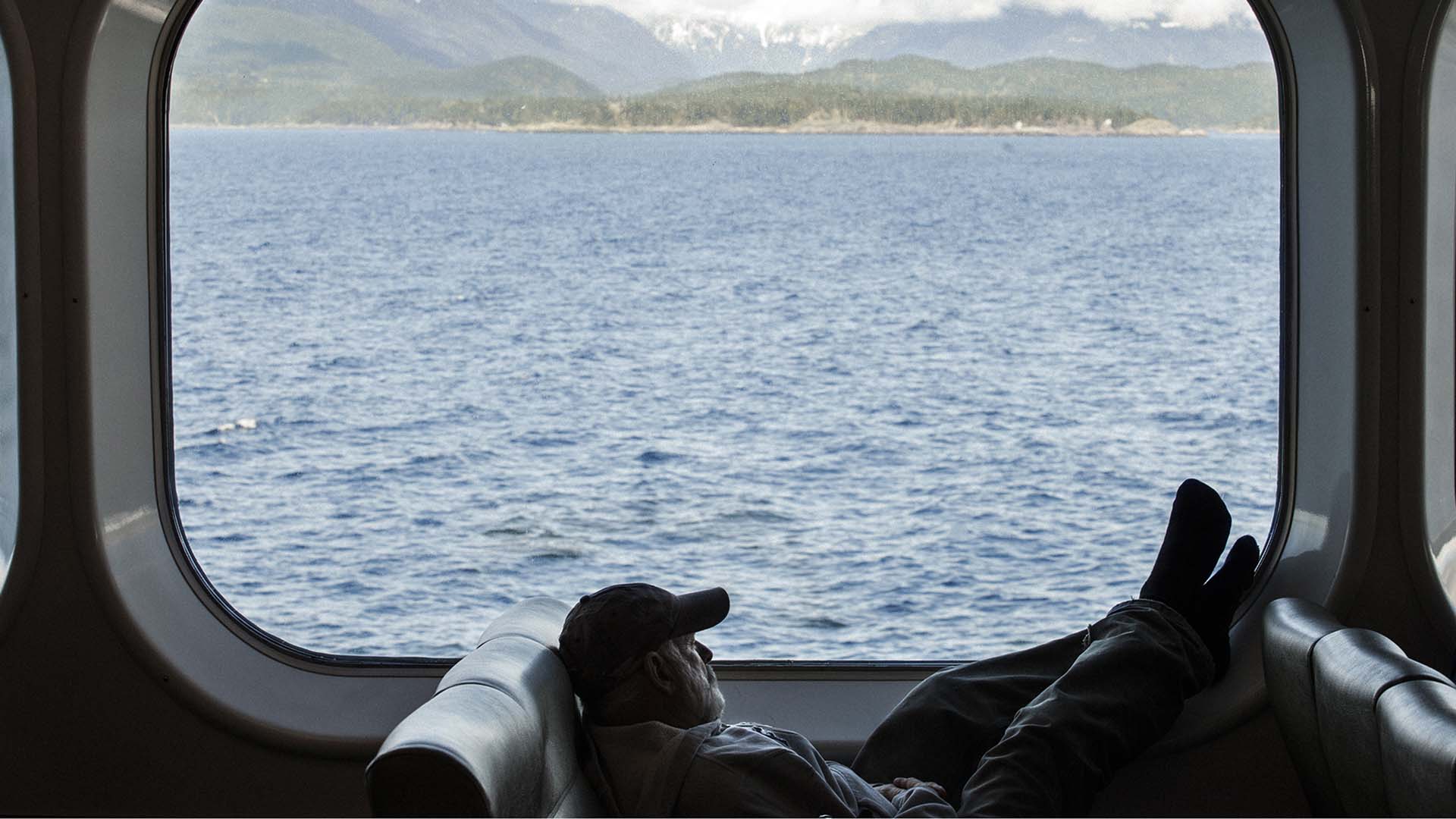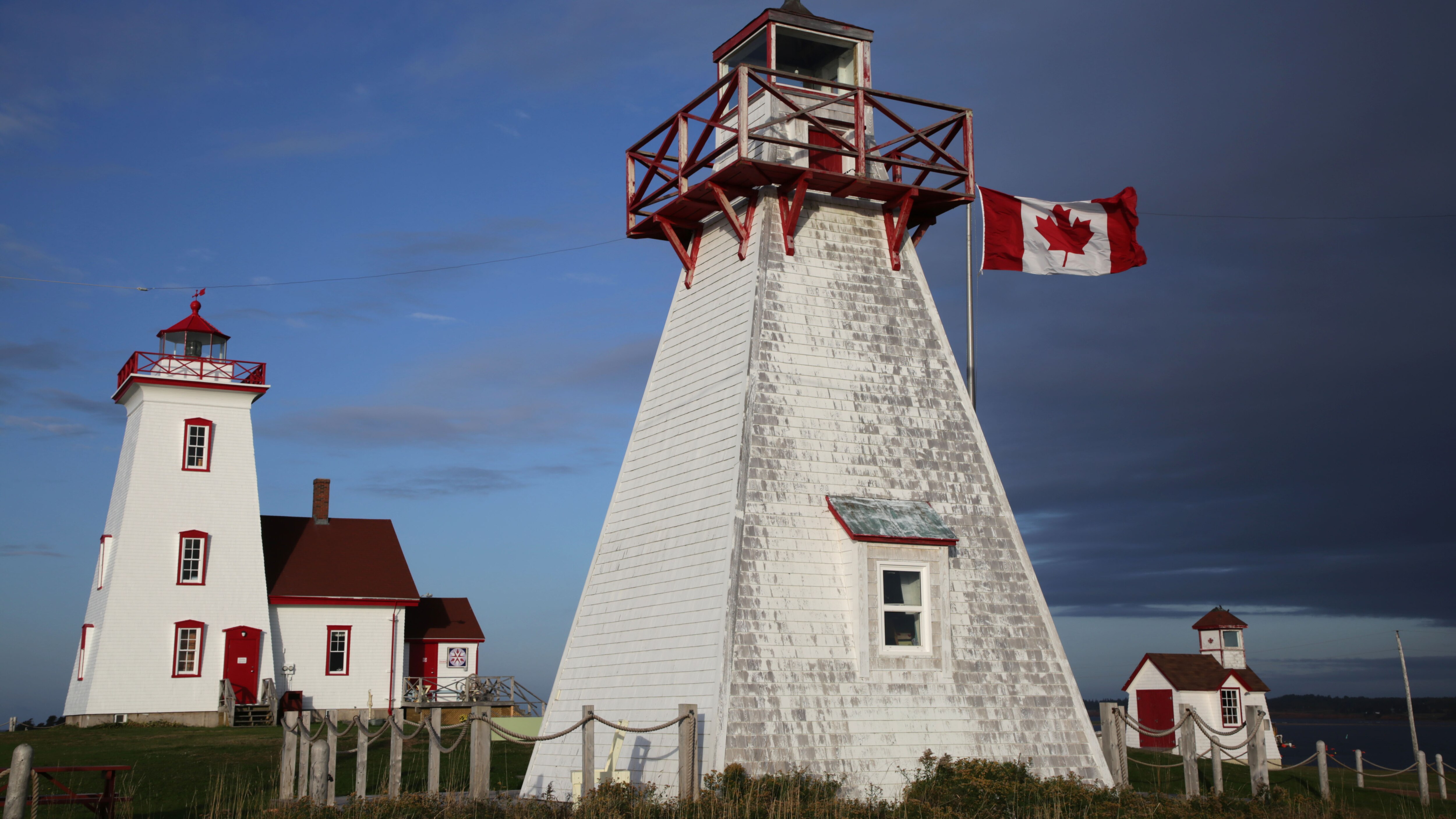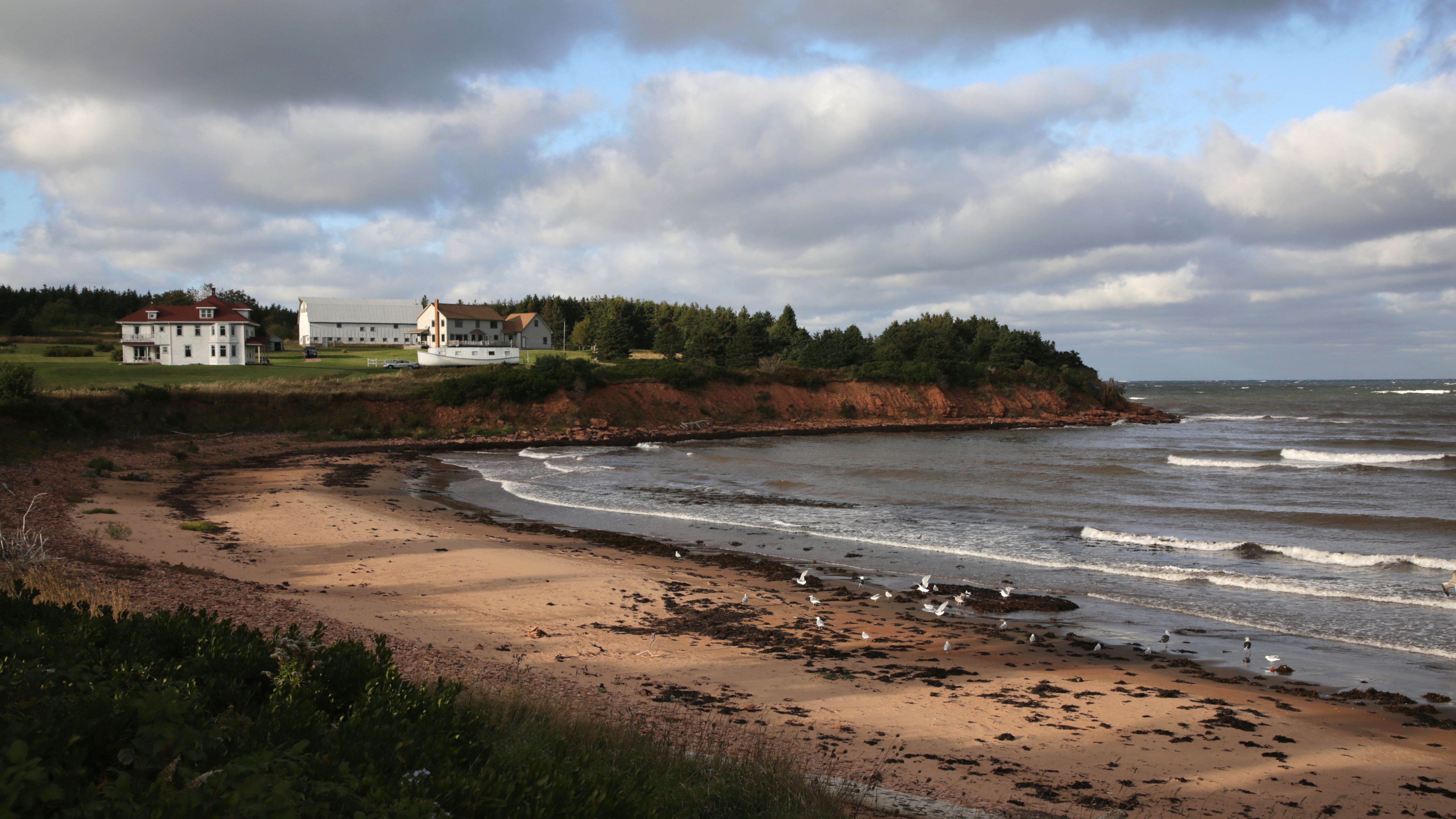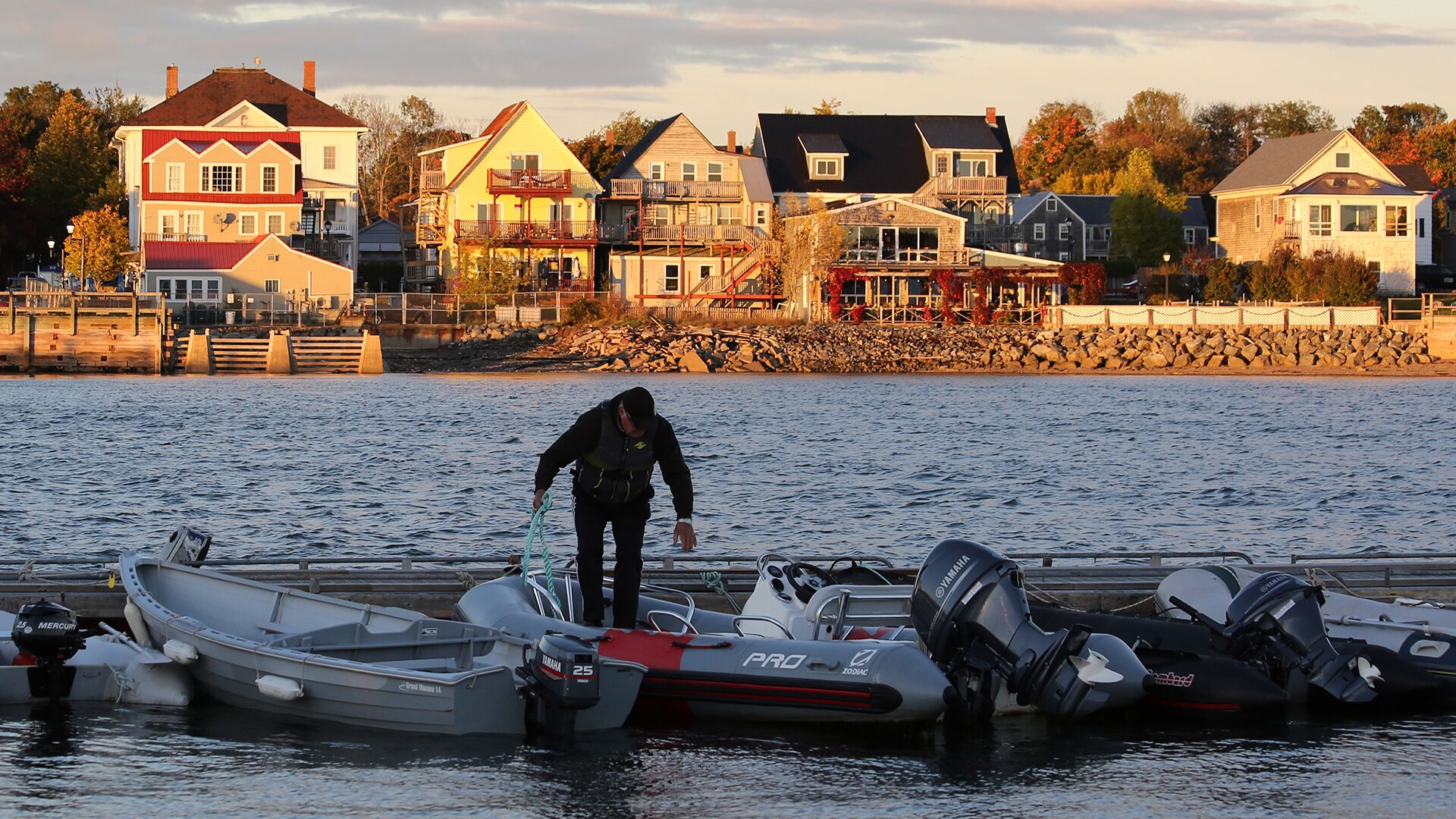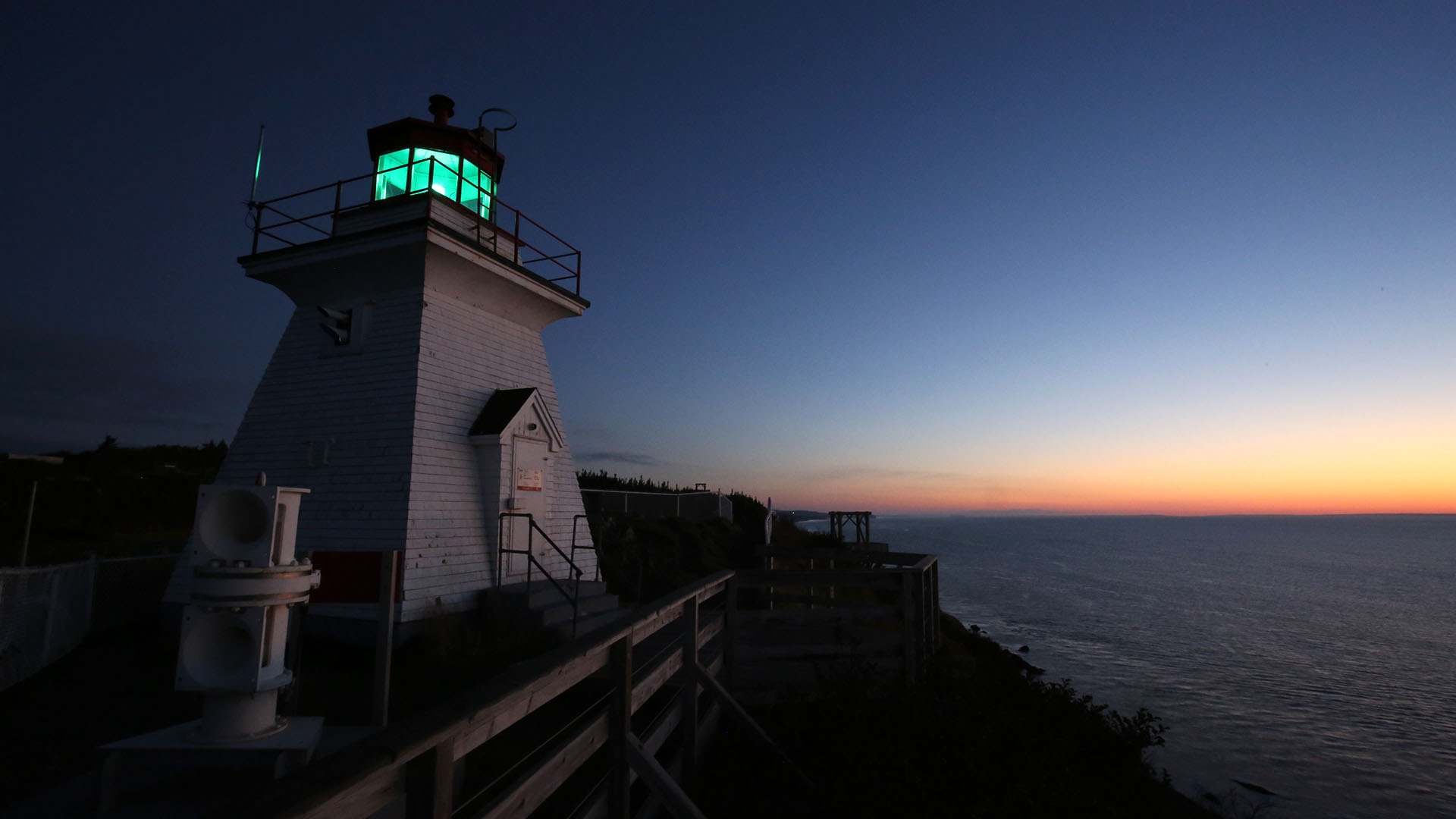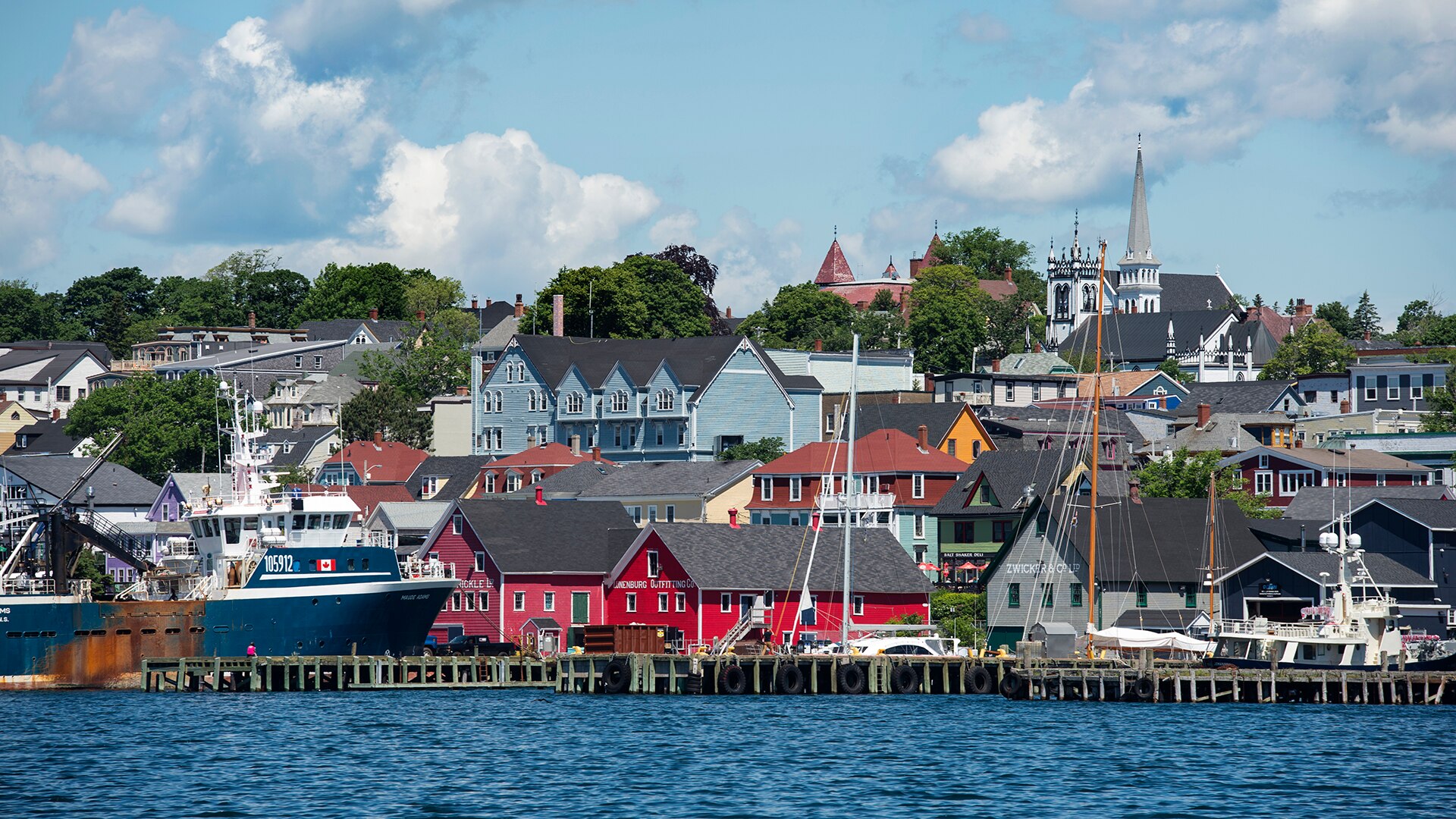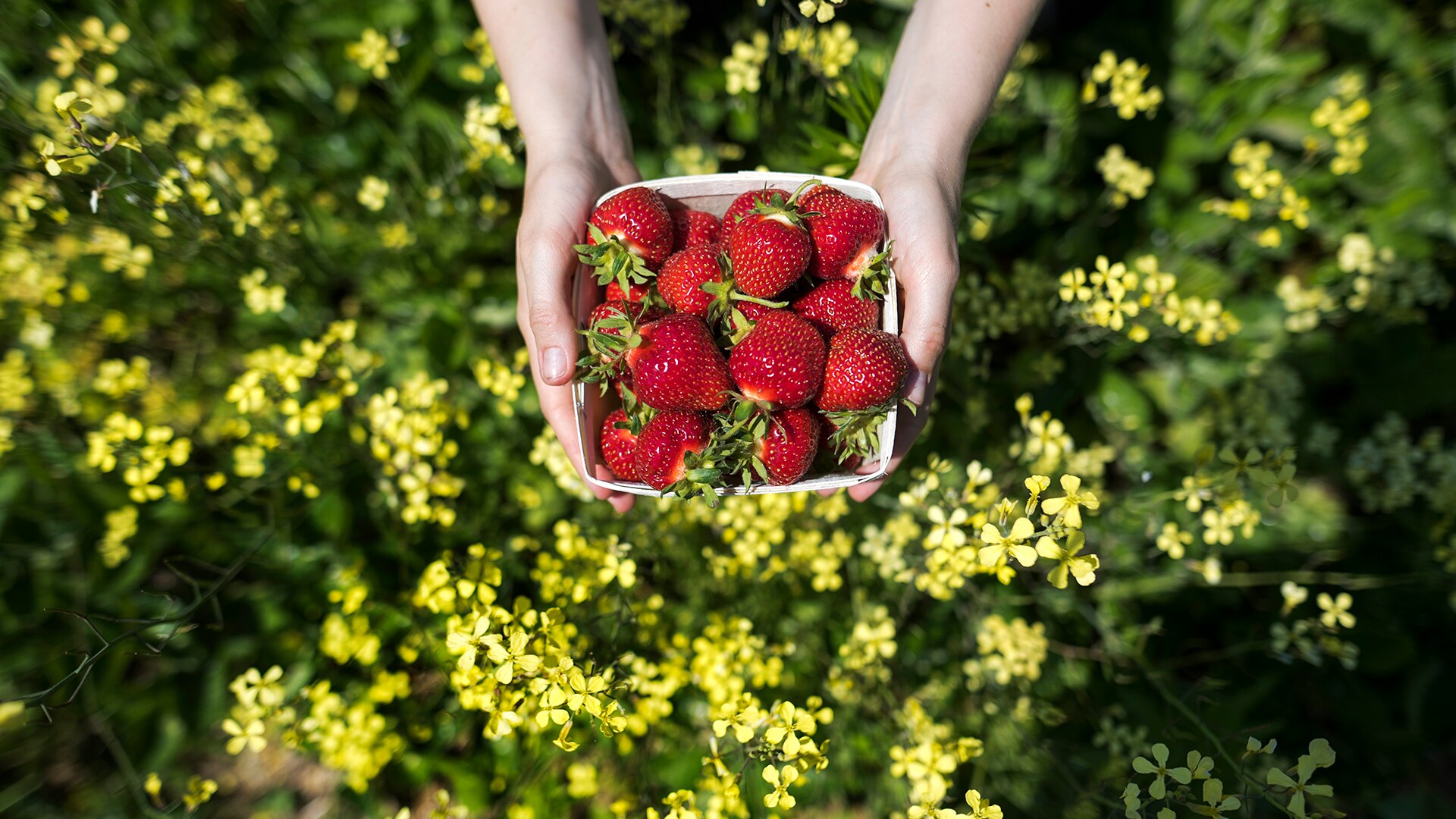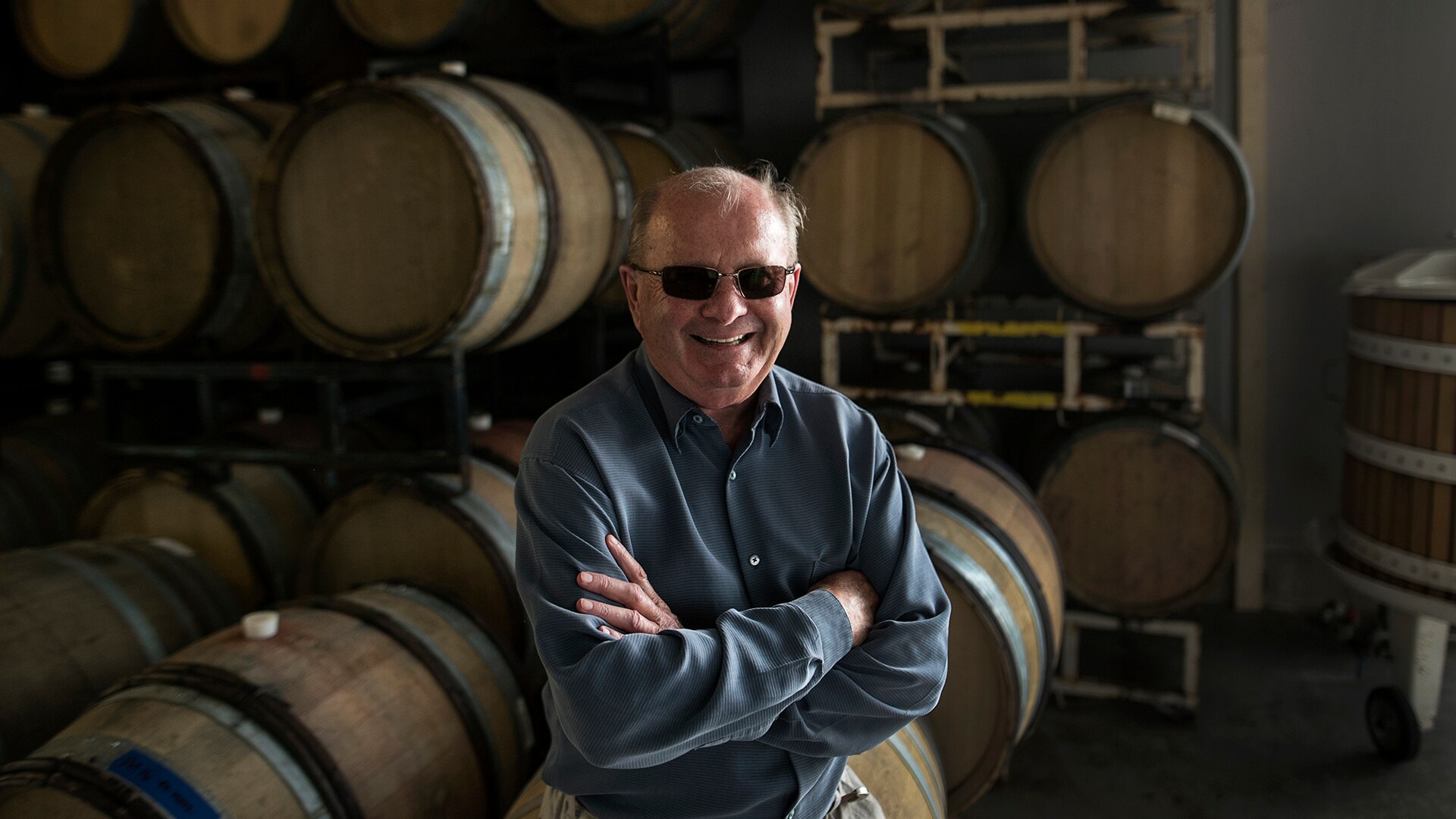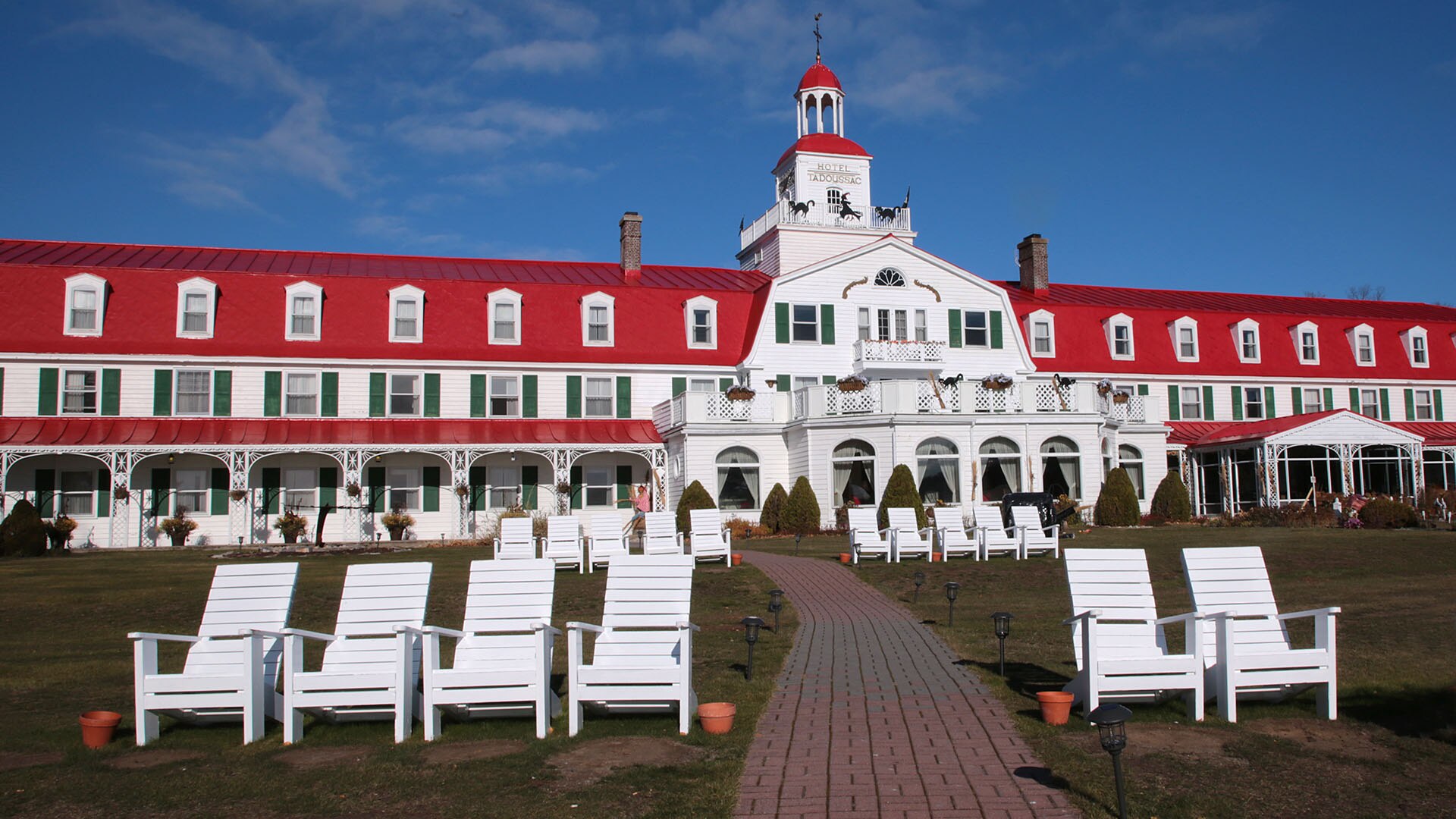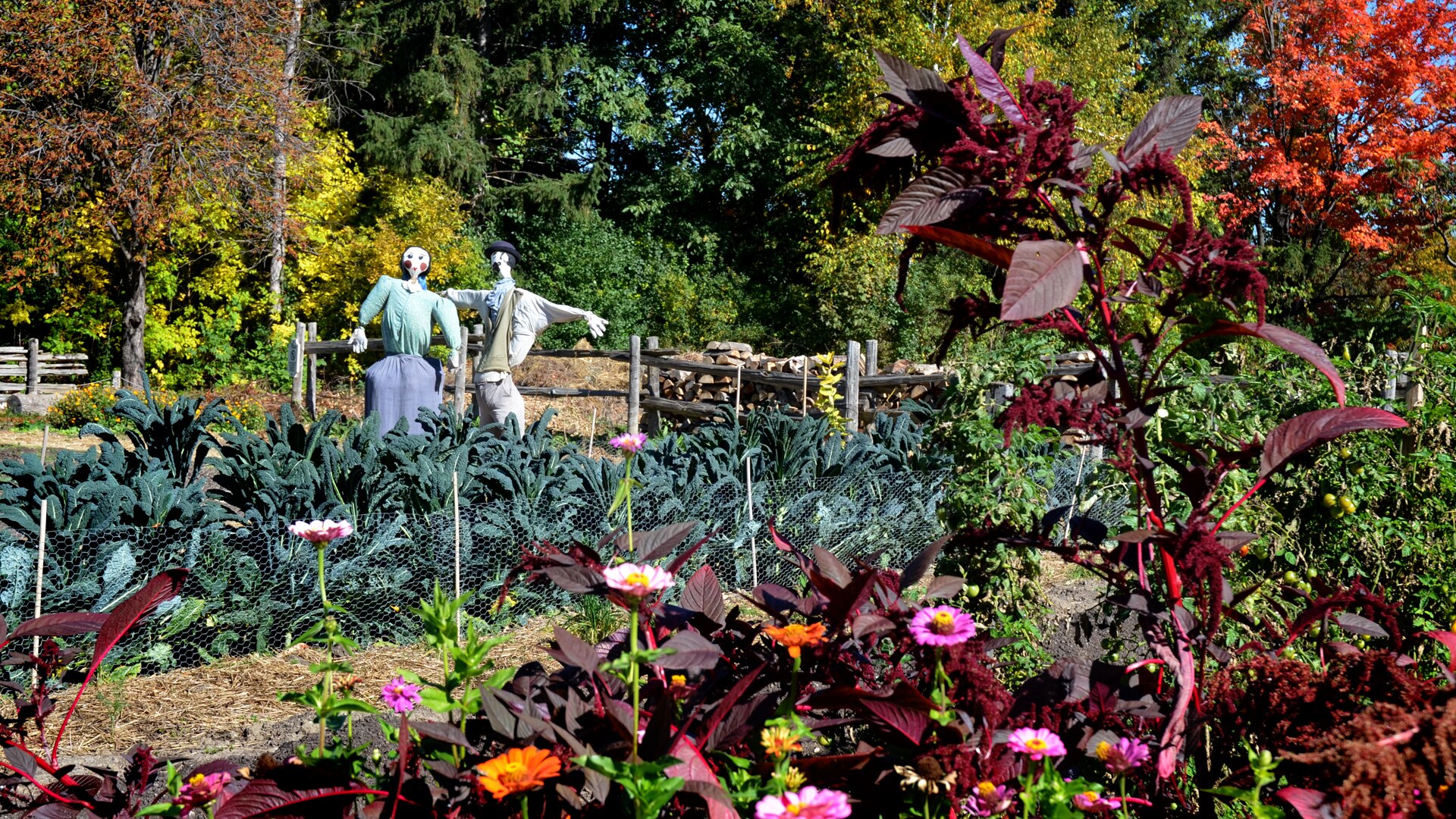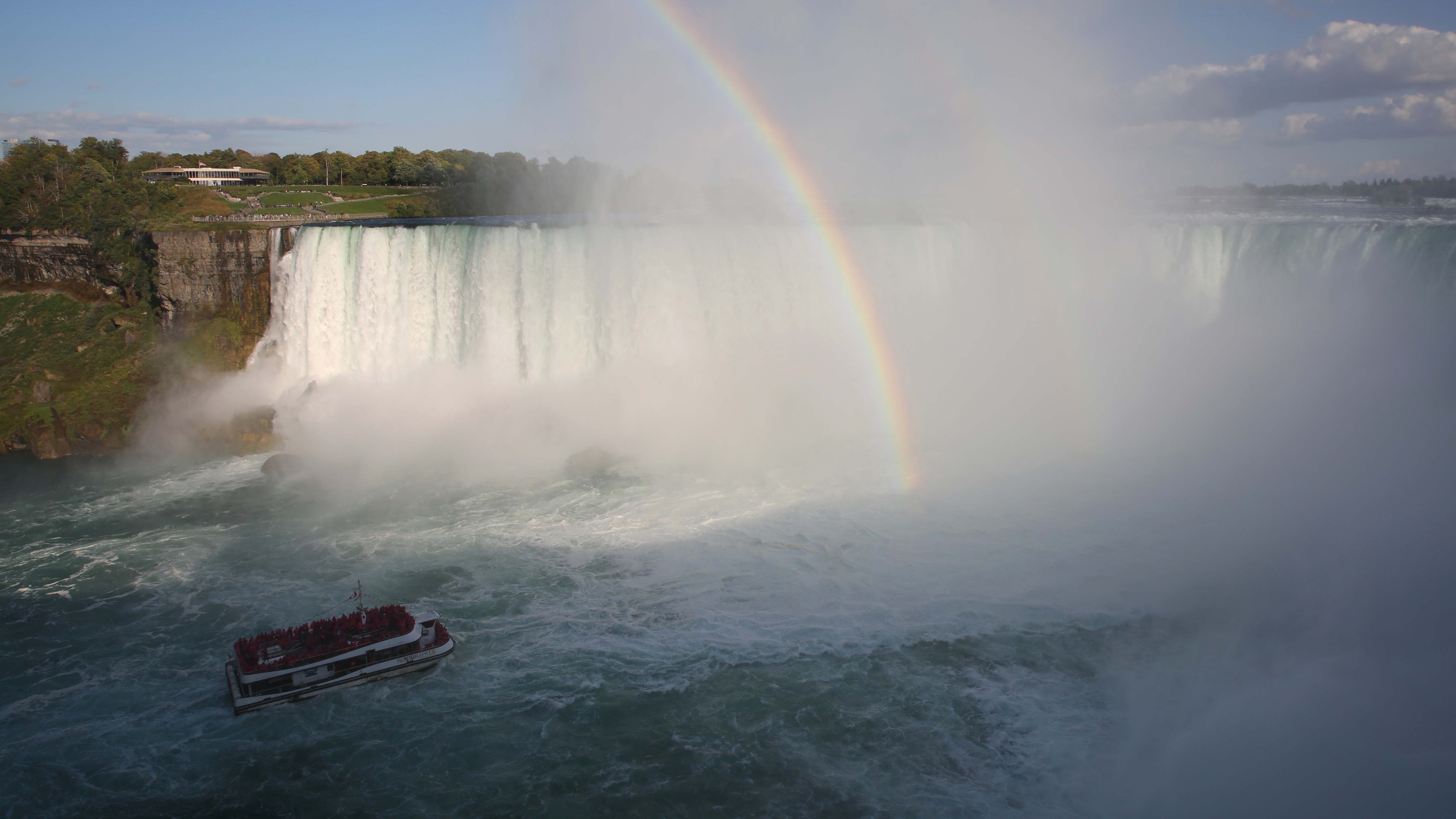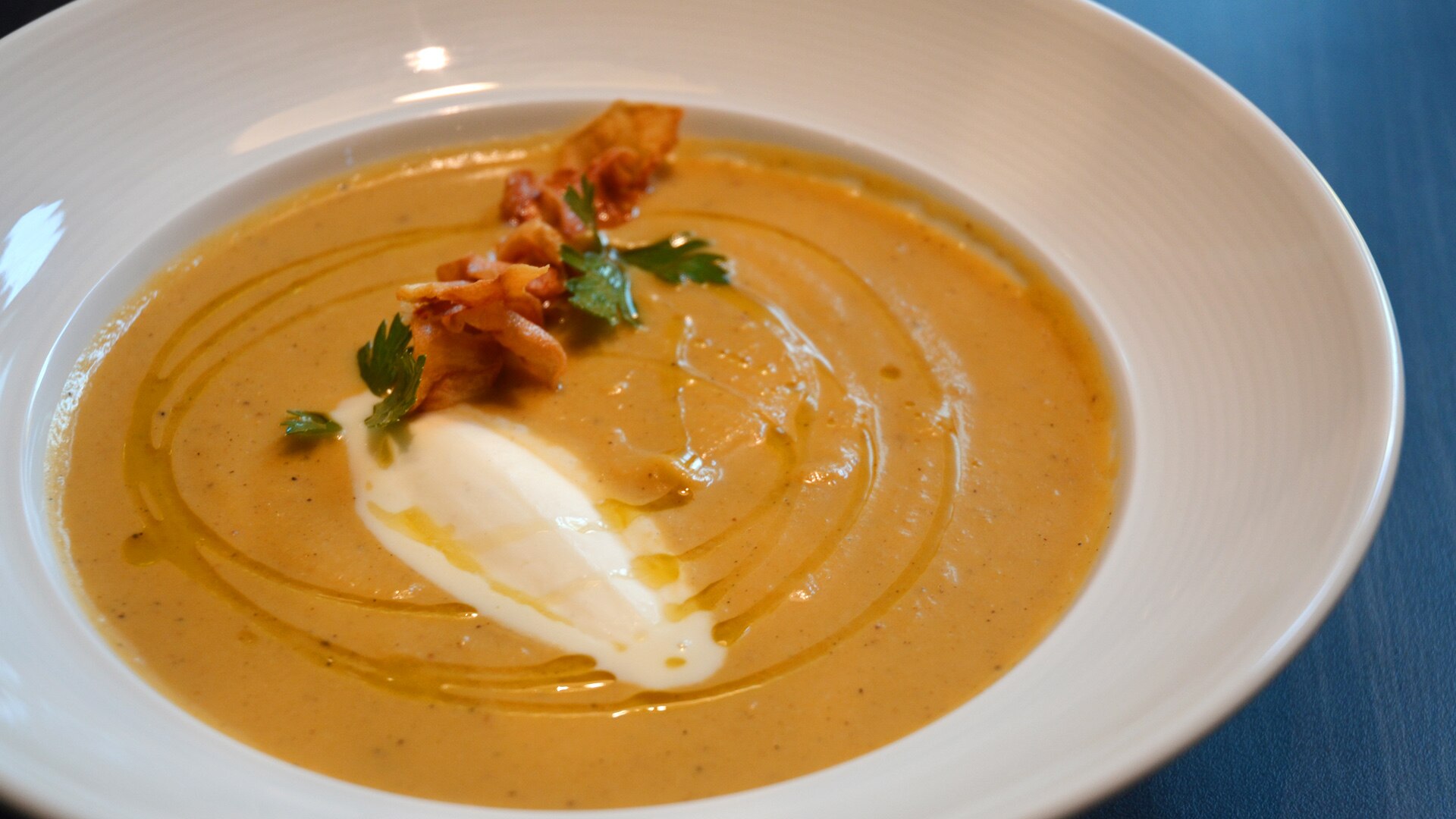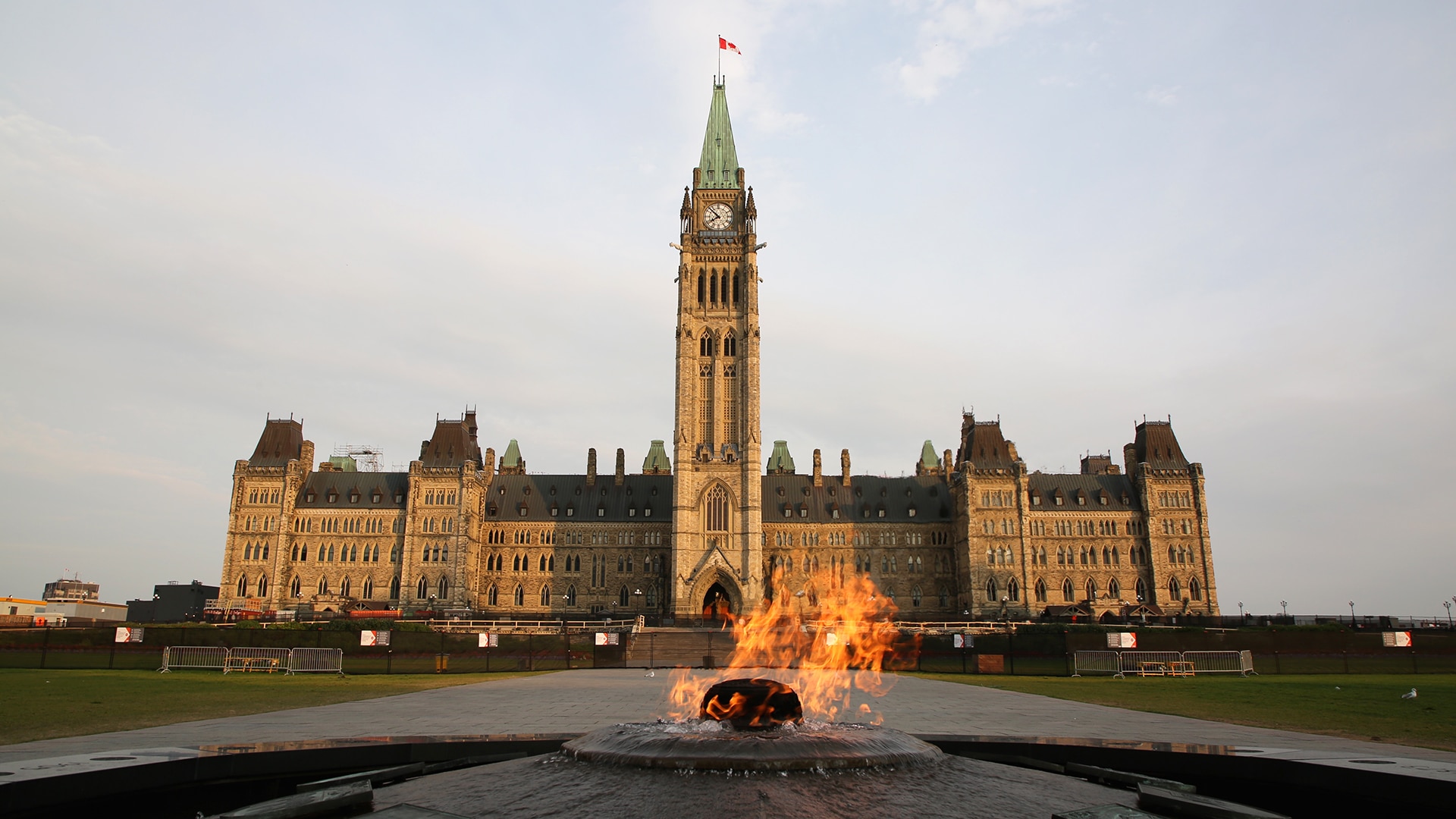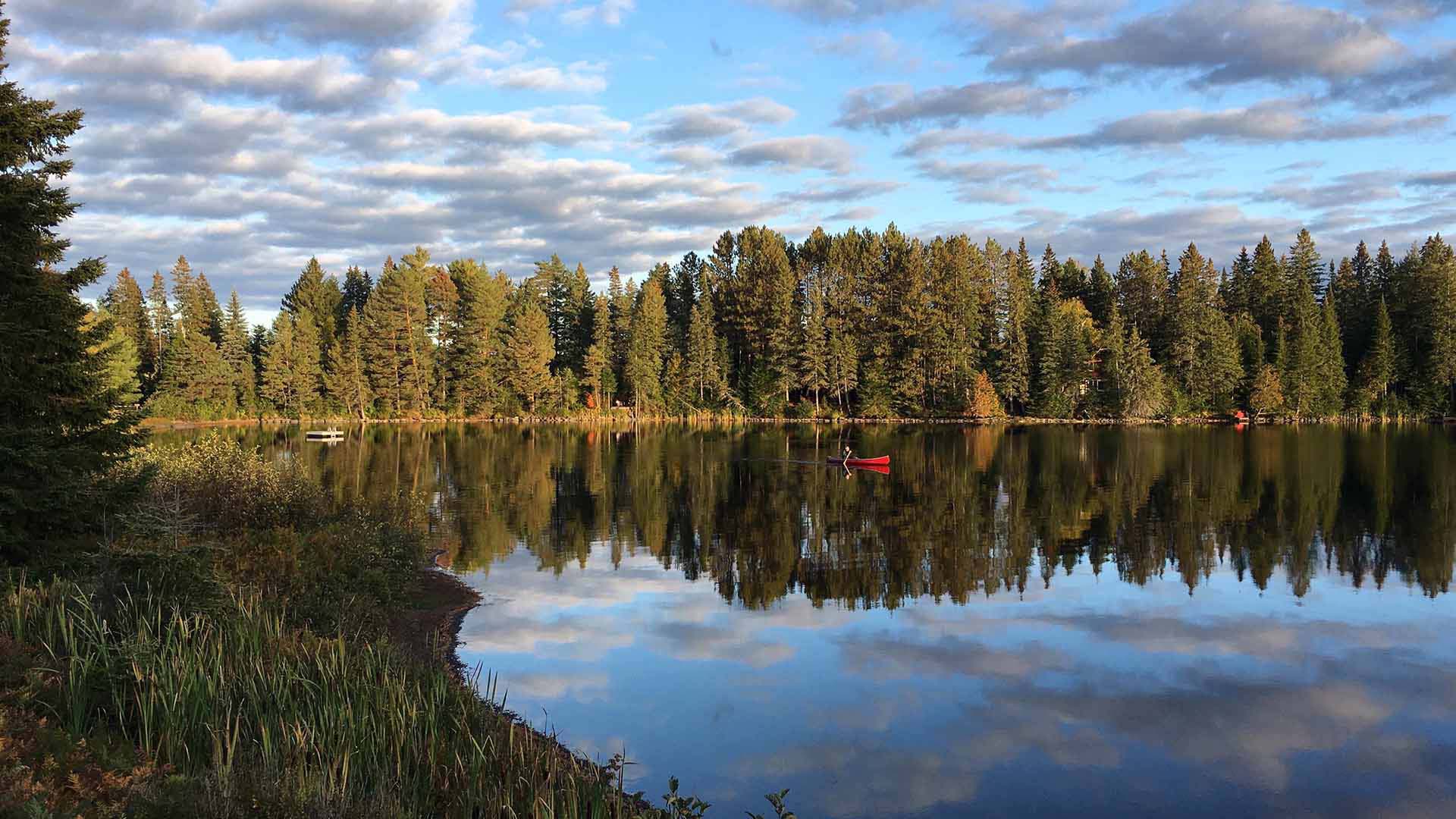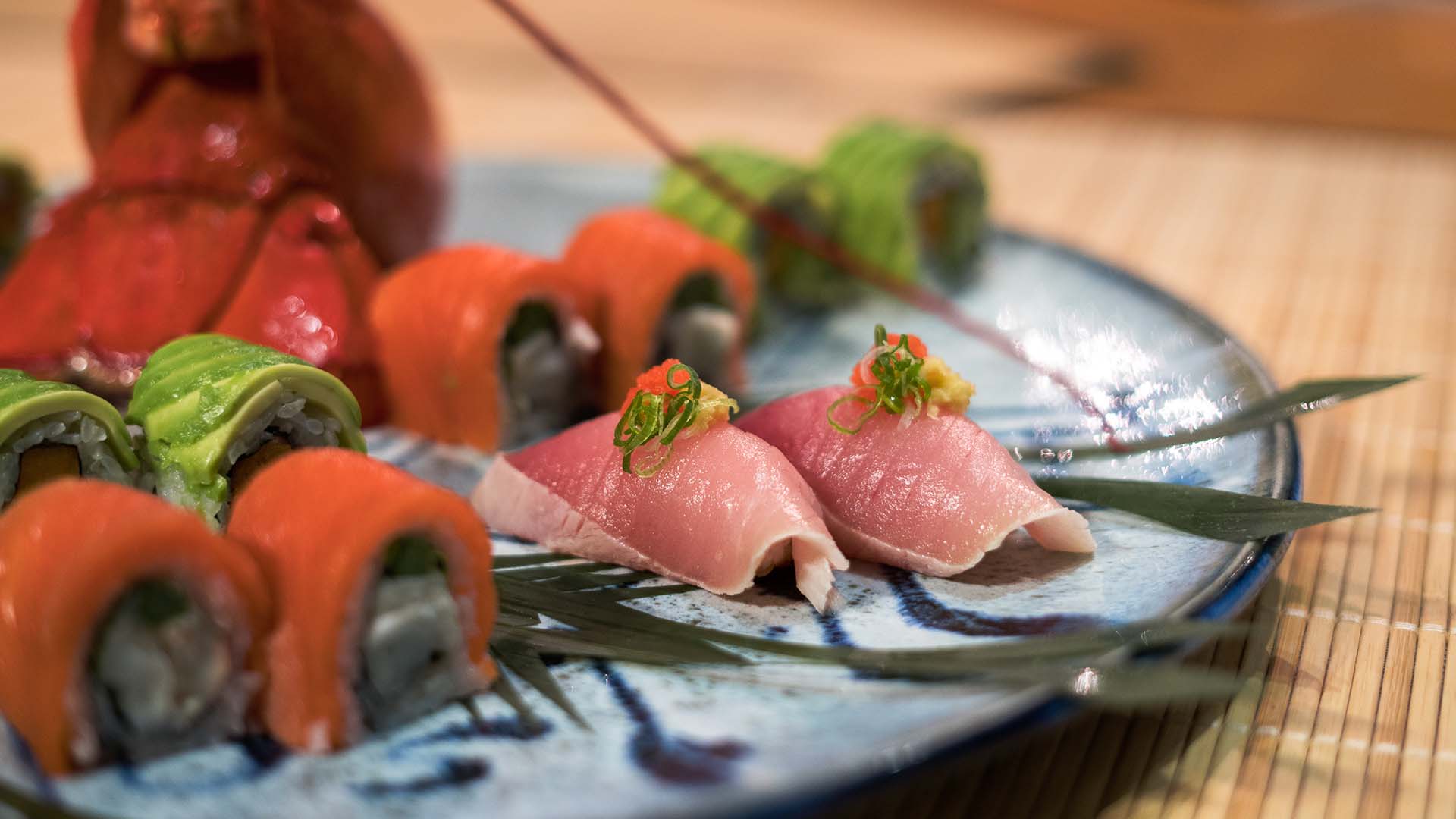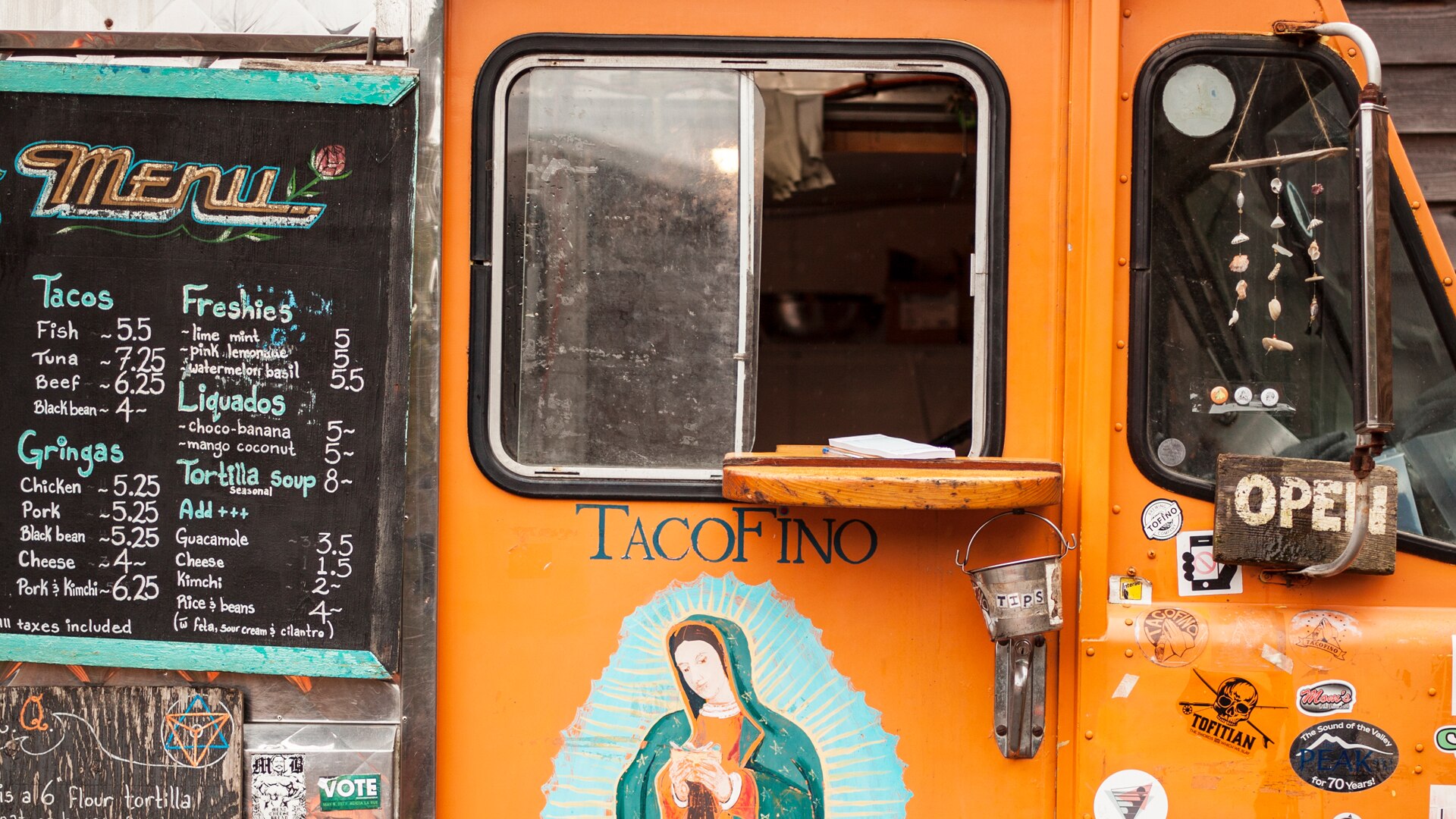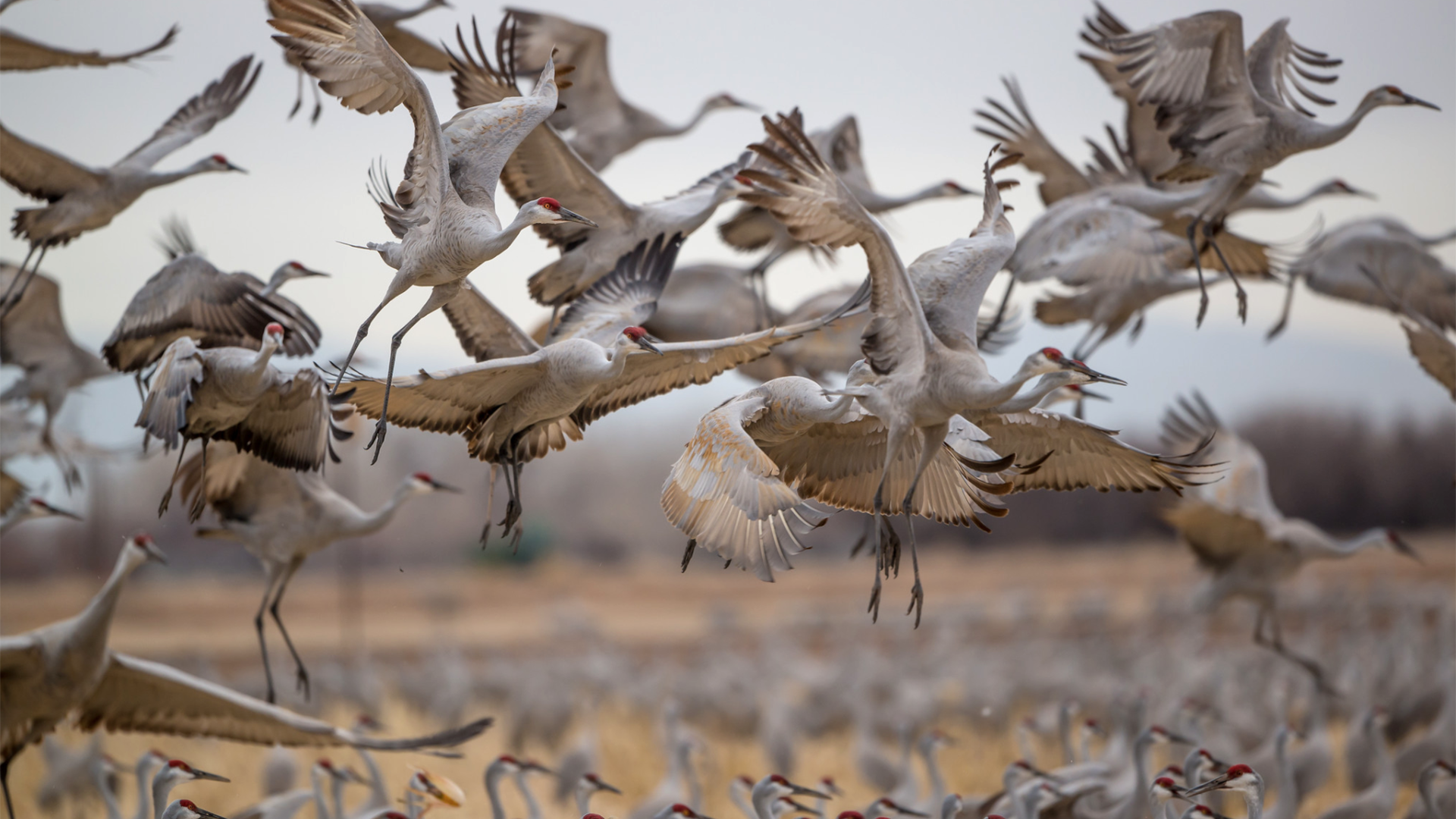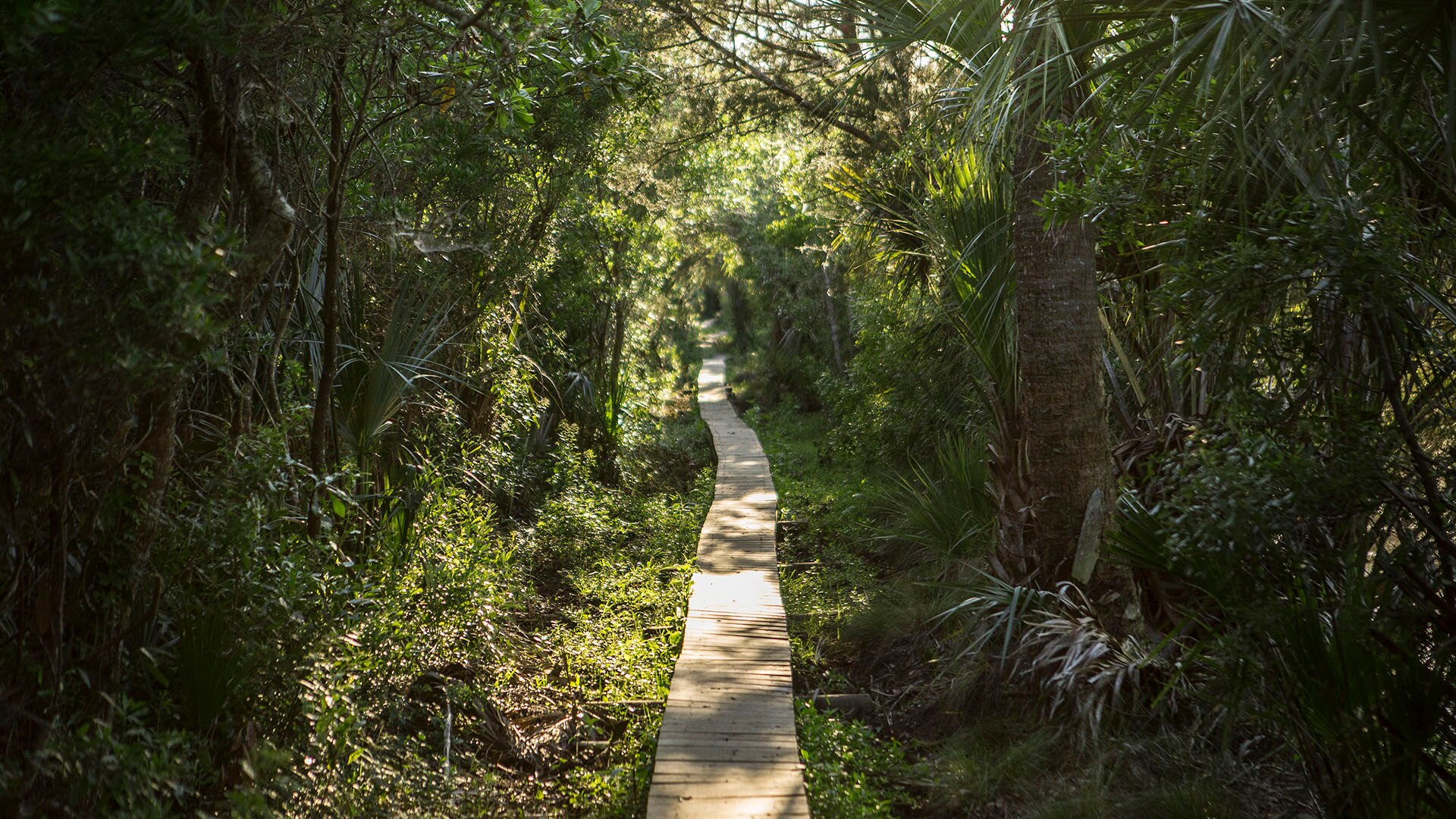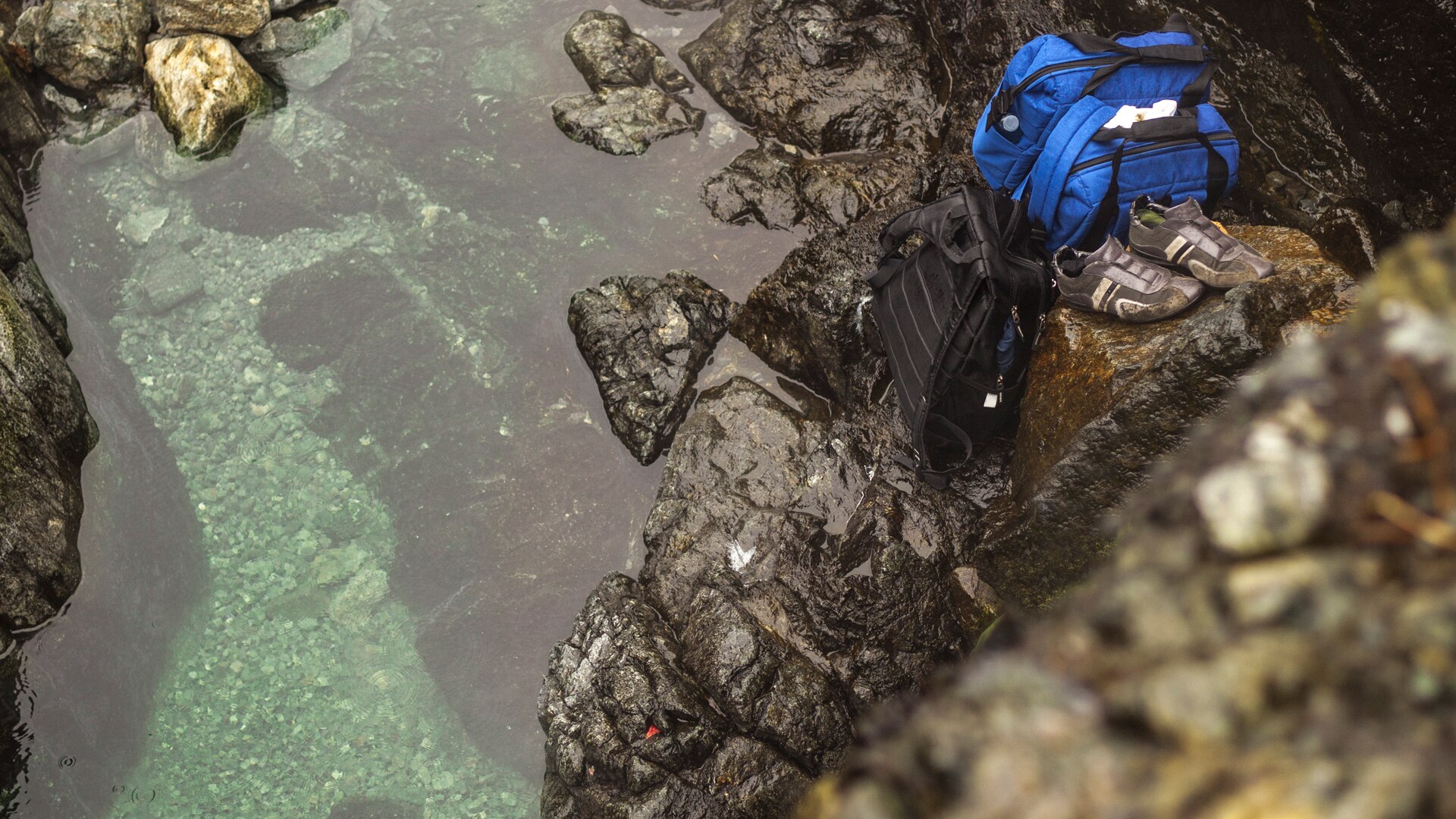Turkey Day, Eh?

Uncovering the history of Canadian Thanksgiving
Story and photos by Yang-Yi Goh
Yang-Yi Goh has written and worked for the likes of SHARP, GQ, ESPN The Magazine and Men’s Journal. He lives in Toronto.
How was your Thanksgiving this year? Let me guess: You ate too much pumpkin pie and watched too much football. What’s that, you say? Thanksgiving hasn’t happened yet? Ah. Well, that’s not quite how the 35 million of us in the Great White North see things.
Yes, we here in Canada have our very own Thanksgiving. It always falls on the second Monday in October, and it’s vaguely connected to the harvest season. Until a few weeks ago, that’s about all I could’ve really told you about it.
Here’s the deal: I’m a born-and-raised, hockey-obsessed, poutine-devouring Torontonian who is known to occasionally irritate his American friends by overzealously pointing out every Canadian celebrity that happens to come up in conversation. For instance:
AMERICAN FRIEND: So I saw that new Ryan Gosling movie yesterday…
ME: Oh, Gosling? He’s Canadian!
AMERICAN FRIEND: Yeah. I know. Because this is the eighth time you’ve told me — in the last week.
ME: Oh. You know who else is Canadian? Neil Young! And Kim Cattrall, and Michael J. Fox, and…
AMERICAN FRIEND shakes his head and leaves the room.
And yet, even for an out-and-proud Canuck like myself, Canadian Thanksgiving has always remained something of a mystery. Sure, I have plenty of warm memories of colossal turkey feasts with my family and the inevitable afternoon naps that followed. But when it came to the history and origins of the holiday, I was virtually clueless.
This year, I decided to change that. The day before Thanksgiving, I took a journey deep into the past — both Canada’s, and my own.

moose-close-up.jpg

Garden with scarecrows at Black Creek
Black Creek Pioneer Village
Situated on 30 acres of protected farmland in Toronto’s North York municipality — about a half-hour drive from the downtown core — Black Creek Pioneer Village is a well-preserved glimpse of Canadian life in the mid-19th century. It’s the kind of place you visit with your class in the third grade — which, as it happens, was the last time I’d been there. Based on my rather hazy, two-decade-old memories, I was prepared for this outing to be a charming but somewhat hokey experience.
Instead, upon my arrival, I was taken aback by just how stunning the entire area is. The Village itself is a collection of 39 beautifully restored buildings from across the region, including an 1861 redbrick schoolhouse, an imposing 1842 stone mill and the original farm’s log-built homestead, which was constructed on the property in stages between 1816 and 1832. The structures are smartly arranged to highlight the estate's natural beauty: copper-leaved maple trees swish in the breeze as flocks of sheep graze across rolling fields.
There were plenty of kids milling about the place, of course, but their parents didn’t look the least bit bored or wearied as they might at, say, a theme park. Somewhat surprisingly, the adults were just as engaged as their offspring — fascinated by the still-functioning newspaper press in the Printing Office and ooh-ing and ahh-ing as a baker loaded loaves of bread into a centuries-old brick oven. I was spellbound, too. It helped that while the staff were dressed in period-appropriate clothing, they weren’t required to speak or act as if it were really the 1860s. You could ask questions and have a conversation about how things worked without any annoying subtext.
Since this was Thanksgiving weekend, Black Creek had a handful of special activities going on. I swung by a small barnyard on the edge of the property for a “Turkey Talk” led by Viola McPhee, the Village’s livestock supervisor, alongside a pair of rare Ridley Bronze turkeys.
“They’re sort of ugly but beautiful at the same time,” McPhee joked of her fine-feathered wards. It was true. Though they had wrinkly, reptile-like faces only a mother could love, there was a certain regal quality to the way both gobblers stalked around the pen, arching their lustrous golden-brown feathers and making emphatic whooping noises that sounded like a pubescent Chewbacca.
Like the rest of Black Creek’s farm animals — including sheep, horses, pigs and geese — the turkeys are of a designated “heritage breed,” meaning they’ve been in Canada for at least 100 years. But only the turkeys, McPhee explained, are actually native to Canada. Settlers imported the rest, and had to be shown by their First Nations counterparts that these strange fowl were good to eat. It makes sense, then, that turkeys would eventually become the festive meat of choice: They were born of the very same land for which early Canadians were giving thanks.


Staff historian Danielle Jewinski.
"The War of 1812 is over? It’s a Day of Thanksgiving! Napoleon has been defeated? Boom! Day of Thanksgiving. Cholera has been conquered? You get the idea."
After my barnyard encounter, I strolled over to the Village’s Town Hall, an enchanting wood-slatted edifice from 1858 that resembles a courtroom set from “Amistad.” Inside, a small crowd was gathering for a lecture on the origins of Canadian Thanksgiving given by staff historian Danielle Jewinski. Over the next 20 minutes, Jewinski managed to entertainingly convey nearly five centuries’ worth of history — I’ll do my best to sum it all up succinctly here.
The earliest Thanksgiving celebration in Canada actually took place in 1578, more than 40 years before the Pilgrims and Puritans first feasted at Plymouth Rock. The revelries commemorated the safe return of English explorer Martin Frobisher and his crew to Newfoundland following a disastrous attempt to find the Northwest Passage that nearly froze them all to death. Not exactly the most glorious of endeavors — but hey, we Canadians will take pretty much any excuse to party.
Flexible Days of Gratitude
Over the next three hundred years, as Canada moved through colonization and eventual Confederation, the government would declare occasional, one-off Days of Thanksgiving whenever an event of national significance occurred. The War of 1812 is over? It’s a Day of Thanksgiving! Napoleon has been defeated? Boom! Day of Thanksgiving. Cholera has been conquered? You get the idea.
In 1879, Canada began celebrating Thanksgiving as an annual holiday, generally as a way of showing gratitude for an abundant harvest. At first, there was no firm date — the government would announce when it would take place each year, usually on a Thursday in November like our neighbors to the south. For a few years following World War I, it was decided that Thanksgiving would coincide with Armistice Day on November 11th, but that was quickly nixed once people realized the jubilance of the former and somberness of the latter didn’t really go hand-in-hand.
Finally, in 1957, Parliament declared the second Monday in October as Canada’s permanent Day of Thanksgiving. Why October and not November, like the good ol’ U.S. of A? Believe it or not, the decision was made in part because people felt it was just too darn cold to enjoy the holiday up here in November. And if that isn’t the most Canadian thing you’ve ever heard, I don’t know what is.
So, there you have it: Not only does Canada’s Thanksgiving land a full month before its U.S. equivalent every year, we actually in some ways invented the holiday. You’re welcome, America.
Related
Read more stories about Canada.
- Vancouver Spawns New Friendship
- Mountaineering in the Canadian Rockies
- Road Trip on the Cabot Trail, Nova Scotia
- Romantic Weekend Getaway in Quebec City
- Day Trips from Quebec City
- Weekend Getaway to Toronto’s Black Creek Historic Brewery
- British Columbia’s Gulf Islands
- Road Trip on Vancouver Island
- Coquihalla Mountain Skiing
- Old Friends Drive the Sea to Sky Highway
- Weekend Getaway to Victoria, Canada
- Road Trip From Vancouver to Tofino, Canada
- Icefields Parkway 3-Day Driving Trip
- Road Trip to See Prince Edward Island Lighthouses
- Road Trip to Prince Edward Island, Canada
- Weekend Getaway to Delightful St. Andrews-by-the-Sea
- Road Trip to the Phenomenal Bay of Fundy
- Weekend Getaway to Lunenburg, Nova Scotia
- Road Trip to Nova Scotia's Wild Berry Bounty
- Road Trip to Nova Scotia Wineries
- Road Trip from Quebec City to Tadoussac
- Road Trip to Canada for Turkey Day, Eh?
- Niagara Falls Attractions
- Ontario Trips
- Weekend Getaway to Toronto on Thanksgiving
- Attractions in Ottawa, Canada
- Algonquin Park Scenic Drive
- Eating in Vancouver
- Great Food in Tofino, Canada
- Finding Sandhill Cranes in Nebraska
- Weekend Getaway to Cumberland Island, Georgia
- Weekend Getaway to the Hot Springs in Tofino, Canada
- Weekend Getaway to Tofino, Canada



